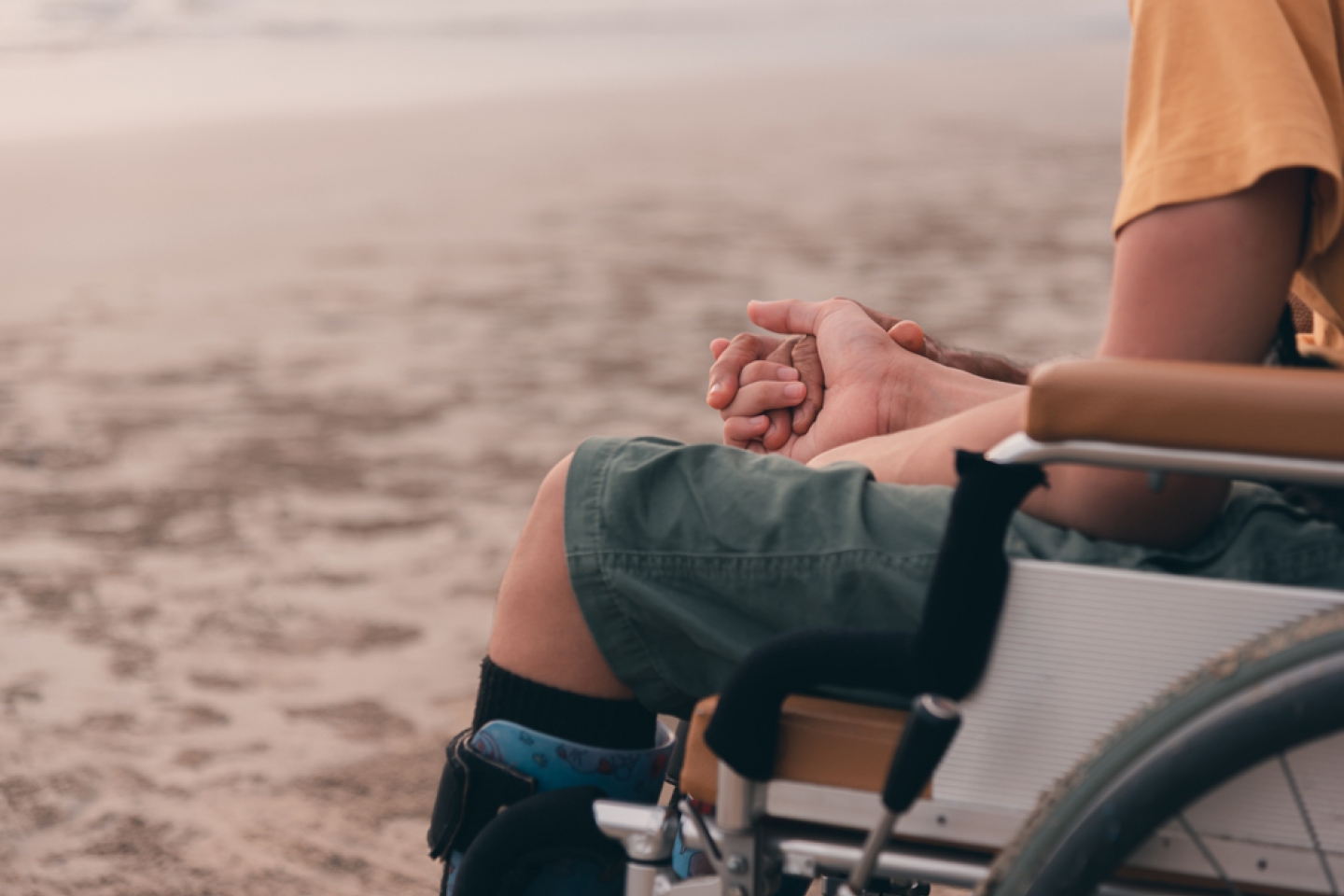
October 6 is World Cerebral Palsy Day, a time when a global community of patients, families, medical professionals and advocates comes together to raise awareness for this group of movement disorders. As the most common childhood motor disability, cerebral palsy affects communication between the brain and muscles. That, in turn, can affect movement, balance and posture. People with cerebral palsy may have problems with walking, eating, talking, writing and other functions.
Cerebral palsy doesn’t have a cure, but with early diagnosis and the help of a team of medical professionals, children and adults with this condition can thrive. If your child has cerebral palsy, your support and commitment to treatment are crucial to reach their potential. Start by learning more about cerebral palsy.
“‘Cerebral’ means ‘of the brain’ and ‘palsy’ means ‘a lack of muscle control,’” says Dara Jones, M.D., FAAPMR, assistant professor of clinical rehabilitation medicine at Weill Cornell Medical College and assistant attending physiatrist at the Hospital for Special Surgery. “Cerebral palsy is just that. It is a condition caused by a brain injury that occurs at or around the time of birth for a variety of reasons. Although the brain injury itself is a one-time occurrence and it’s static, meaning it does not worsen or progress over time, it does have lifelong implications on the way an individual moves, how much strength they have and their muscle tone.”
Most children with cerebral palsy are born with it, a condition known as congenital cerebral palsy. Abnormal brain development or injury prior to birth causes congenital cerebral palsy. Rarely, cerebral palsy is acquired, meaning it develops after birth. The development can occur due to infection or injury. Although we understand why cerebral palsy occurs, the cause of the abnormal brain development or injury that leads to it is, in many cases, unknown.
Several factors can increase your child’s risk for cerebral palsy, including:
Your health during pregnancy can also affect your child’s risk of cerebral palsy. Certain infections, such as rubella or herpes, during pregnancy can increase the risk of your child having cerebral palsy, as can exposure to toxic substances. You’re more likely to give birth to a child with cerebral palsy if you have a thyroid problem, seizures, a cognitive disability or too much protein in your urine.
Cerebral palsy can cause various symptoms, depending on your child’s age. Cerebral palsy itself doesn’t worsen with age, but some symptoms may become more prominent.
“Some of the earliest signs of cerebral palsy that can generally be detected within the first year of life, can include abnormal muscle tone,” Dr. Jones says. “This can be either high muscle tone, meaning a child is very tight or stiff, or low muscle tone, where a child is relatively looser or floppy. There may be a different quality of their movements, shakiness or jerkiness. And even though a child may sometimes meet milestones, there’s not quite the same quality of movement that we would like to see.”
Other symptoms you may see include:
Many people with cerebral palsy have spastic cerebral palsy. This type causes muscle stiffness that can affect different areas of the body, including the legs, arms or one side of the body.
Less-common types of cerebral palsy include:
“While we know there is no cure for cerebral palsy—it is permanent and a lifelong condition that we treat—there is a lot that can be done,” Dr. Jones says. “And early detection and intervention allow us to identify any changes or abnormalities in the way a child is moving and to implement services immediately.”
If you notice cerebral palsy-like symptoms, tell your child’s pediatrician. They may refer your child to a pediatric neurologist to find out if the symptoms are due to cerebral palsy or something else. Dr. Jones says your child’s medical team may also include a specialist in pediatric physical medicine and rehabilitation—known as a physiatrist—and a pediatric orthopedic surgeon.
The medical team will collaborate to create a treatment plan based on your child’s symptoms, type of cerebral palsy, abilities and goals. Early treatment may increase the chance of your child successfully adapting to and overcoming the challenges of cerebral palsy. Encouragingly, with early, personalized treatment, many children enjoy a great quality of life moving forward.
Your child’s cerebral palsy treatment may include:
“The most important thing that families should know is that cerebral palsy, while it does affect a child for their life, it does not mean that they have a lesser quality of life and does not mean that they won’t necessarily be able to do certain things,” Dr. Jones says. “Our goal in rehabilitation medicine is to really help open the door to children still being able to have a fulfilling and fun life, albeit adapting it and finding ways to meet the child where they are and meeting their specific goals.”
Find a physician who can help you and your child create a plan to treat cerebral palsy.